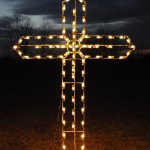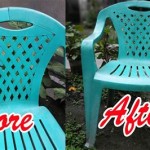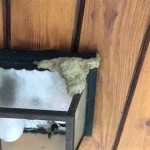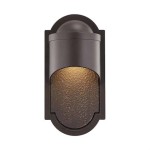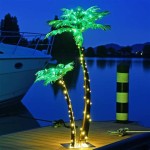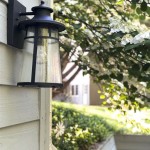How to Repair Outdoor Motion Sensor Lights
Outdoor motion sensor lights are a valuable asset to any home, offering security and convenience. However, these lights can sometimes malfunction, leaving you with an illuminated yard when you need it most. Fortunately, many common motion sensor light problems can be addressed with some basic troubleshooting and repair techniques. This article will guide you through the process of identifying and fixing the most frequent issues associated with outdoor motion sensor lights.
1. Investigating the Power Source
The first step in diagnosing any problem with motion sensor lights is to ensure they are receiving power. Check the following:
- Circuit Breaker: Verify that the circuit breaker controlling the light fixture is turned on. If the breaker has tripped, reset it by flipping the switch to the "off" position and then back to the "on" position.
- Fuses: If your home uses fuses instead of circuit breakers, check the fuse box and replace any blown fuses.
- Wiring: Inspect the wiring leading to the light fixture for any visible damage, loose connections, or exposed wires. If any damage is found, it's best to consult a licensed electrician for repairs.
- Light Bulb: Ensure the light bulb is properly installed and functioning. Replace it if necessary.
After checking these essential components, move on to the next potential issue.
2. Inspecting the Motion Sensor
The motion sensor itself is the heart of the system, responsible for detecting movement and activating the light. Here's how to examine it:
- Cleanliness: Dirt, dust, and debris can obstruct the motion sensor's view and affect its performance. Wipe it down with a soft, damp cloth to remove any obstructions.
- Angle Adjustment: The motion sensor's angle of detection can be adjusted. Ensure the sensor is pointed in the desired direction and the angle is wide enough to cover the intended area.
- Sensitivity: The sensitivity of the sensor can be adjusted to trigger the light at different levels of movement. If the light is not responding, increase the sensitivity. If the light is turning on too frequently, decrease the sensitivity.
- Power Source: Verify that the motion sensor is receiving power. Sometimes, the connection between the sensor and the light fixture can become loose. Tighten the connections if necessary.
If the motion sensor is faulty, it may need to be replaced. Consult the manufacturer's instructions or a qualified electrician for the replacement procedure.
3. Troubleshooting the Wiring and Connections
Problems with the wiring or connections within the light fixture can also cause malfunction. Follow these steps:
- Loose Connections: Inspect all wire connections within the light fixture, including the connections between the motion sensor, the light bulb socket, and the power source. Tighten any loose connections.
- Corrosion: Corrosion can build up on wire connections over time, obstructing the flow of electricity. Clean any corroded connections with a wire brush or sandpaper.
- Damaged Wires: Examine the wires for any cuts, fraying, or exposed wires. If damage is found, repair or replace the affected wires. Remember to disconnect the power supply before working with any electrical wiring.
When working with electrical wiring, it's crucial to exercise caution and follow safety protocols. If you are unsure about any aspect of the wiring, consult a licensed electrician.
4. Recalibrating the Motion Sensor
In some cases, the motion sensor may become misaligned or require recalibration. You can reset the device by following these steps:
- Locate the Reset Button: Most motion sensors have a small reset button, usually located on the side or bottom of the sensor.
- Press and Hold: Press and hold the reset button for a few seconds, as specified in the manufacturer's instructions. This will reset the sensor's internal settings.
- Test the Sensor: After releasing the button, test the motion sensor to see if it has been recalibrated.
If recalibration doesn't resolve the issue, the sensor may be faulty and require replacement.
By following these steps, you can diagnose and repair many common problems with outdoor motion sensor lights. Remember to prioritize safety and consult a qualified electrician if you encounter any complex wiring issues. With a little troubleshooting and a bit of DIY, you can keep your outdoor motion sensor lights functioning reliably for years to come.

How To Replace An Exterior Flood Light With Motion Sensor

Motion Sensor Lights Tips To Reset Detector

How To Troubleshoot Motion Detector Lights Solutions For Every Problem

Motion Light Sensor Replacement

A Short Guide To Fixing And Replacing Faulty Motion Sensor Lights

How To Replace An Exterior Flood Light With Motion Sensor

Light Sensor Test Trouble Shooting

How An Outdoor Motion Pir Sensor Switch Works With Schematic Liviu Istrate

How To Troubleshoot Motion Detector Lights Solutions For Every Problem

Light Sensor Test Trouble Shooting
